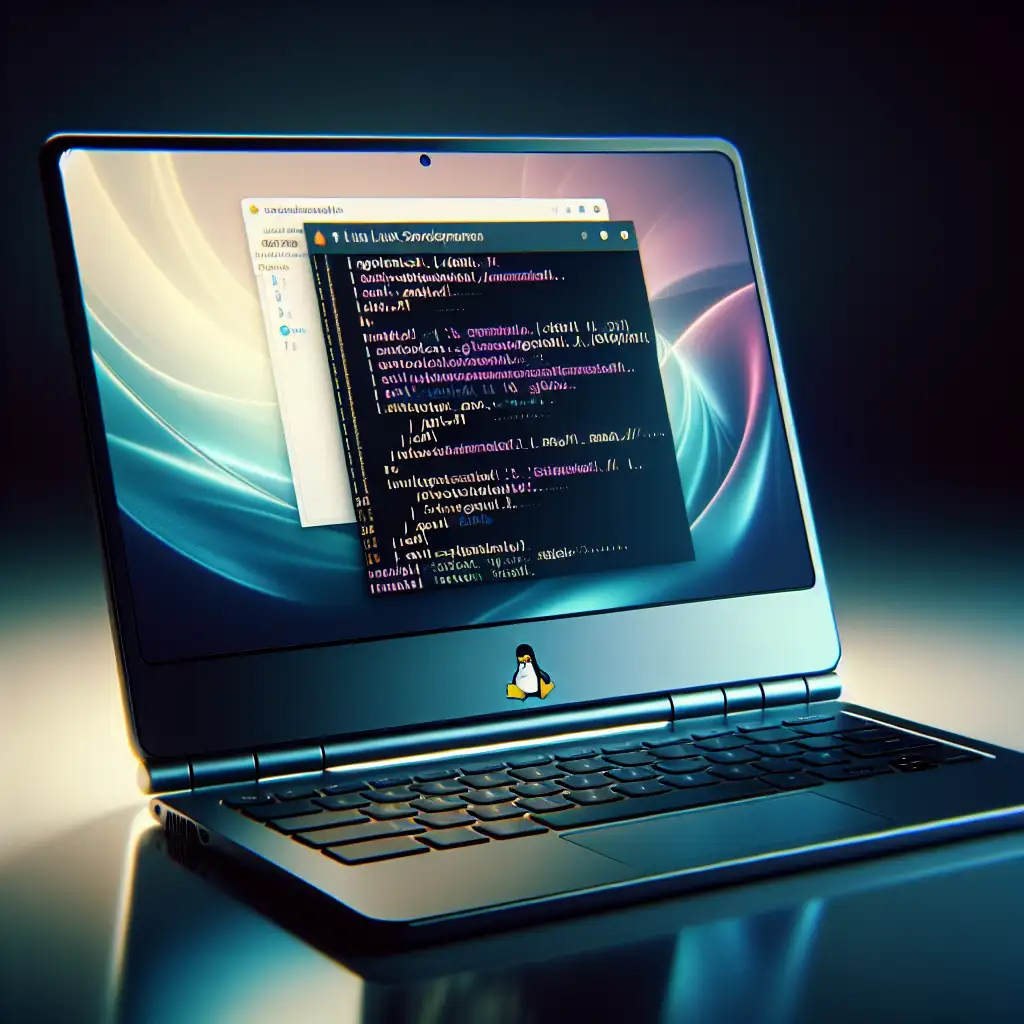How to Seamlessly Transition Your Chromebook into a Full-Fledged Linux Development Environment
Chrome OS targets simplicity and user security, but these same design goals restrict traditional software development workflows. Engineering teams facing locked-down corporate devices, or students issued Chromebooks, regularly confront this friction: how can you bootstrap a real Linux toolchain without ditching Chrome OS entirely?
Why Extend Chrome OS with Linux (Crostini)?
Some projects demand full development toolchains—native compilers, interpreters, Docker, version-control, and advanced editors. Chrome OS’s Crostini subsystem presents a viable solution: an official lightweight VM hosting a Debian-based container environment.
Typical use cases:
- CI prototype/test nodes during travel
- Student/educational coding without extra hardware
- Experimenting with containers or custom build chains on lower-powered laptops
Crostini: Enabling the Linux VM
System requirements are surprisingly modest. Any x86-based Chromebook from roughly 2019 onward generally supports Crostini.
Procedure:
- Settings > Developers > Linux Development Environment: Click Turn On.
If absent, verify system is up-to-date (Chrome OS version ≥ 89 recommended for best reliability). - Allocate container disk space: default is 7.5GB, though 15–20GB is more realistic for actual workloads.
- Wait through the container bootstrap process—roughly 3–5 minutes on mid-tier hardware. Terminal auto-launches on completion.
Note: Unsupported models will not display the Linux option—workarounds exist (e.g., Crouton or full OS replacement), but those entail flashed firmware and security trade-offs.
Initial Apt Hygiene
First boot yields a standard buster or bullseye-based Debian shell.
sudo apt update && sudo apt upgrade -y
Never skip this. Developers coming from Arch or Fedora might be surprised: Crostini’s repos lag ~6–12 months behind, so upstream bugfixes are often missing.
Installing Key Development Tools
Default image includes only minimal packages. Install standard build tooling and version control:
sudo apt install -y build-essential git curl wget
build-essentialpulls gcc, g++, make, and libc headers.git,curl, andwgetare essential for fetching code and third-party binaries.
Known Issue: WSL and Crostini sometimes handle networking inconsistently (apt key failures, dropped upstream connections).
Editor: VS Code, or CLI Alternatives
Most developers prefer VS Code for serious work. Official Microsoft binaries are signed and available for Debian-based systems:
wget -qO- https://packages.microsoft.com/keys/microsoft.asc | gpg --dearmor > microsoft.gpg
sudo install -o root -g root -m 644 microsoft.gpg /usr/share/keyrings/
sudo sh -c 'echo "deb [arch=amd64 signed-by=/usr/share/keyrings/microsoft.gpg] https://packages.microsoft.com/repos/vscode stable main" > /etc/apt/sources.list.d/vscode.list'
sudo apt update
sudo apt install code -y
rm microsoft.gpg
The code binary will be visible from the Chrome OS launcher as well.
CLI purists: vim, nano, and emacs are available via apt install.
Language Runtimes: Installation Patterns
Requirements vary; below are practical minimums for popular stacks.
Python 3.x
sudo apt install -y python3 python3-pip
pip3 install --user virtualenv
Node.js (18.x LTS Example)
curl -fsSL https://deb.nodesource.com/setup_18.x | sudo -E bash -
sudo apt install -y nodejs
Java
sudo apt install -y default-jdk
For Go, Ruby, Rust: prefer language-native install scripts for newer versions; Debian packages are often dated.
Filesystem Integration and Project Storage
Accessing shared folders is non-intuitive at first. Shared folders appear under /mnt/chromeos/MyFiles/. To set up a code workspace:
- Within Chrome OS Files, right-click any folder (“Documents”, “Downloads”, etc.), select Share with Linux.
- Linux processes (builds, editors) can now operate on these files natively.
Caveat: Some file watchers (e.g., those used by webpack, nodemon) may not correctly detect file changes in shared mounts due to Linux VM emulation. Workaround: trigger reloads manually when needed.
Additional Tooling: Docker, GPU, and Heavy Workloads
Docker installation is straightforward since Crostini now supports most cgroup features:
sudo apt install -y docker.io
sudo usermod -aG docker $USER
newgrp docker
docker run --rm hello-world
GPU Acceleration: As of Chrome OS 111, Crostini supports limited GPU passthrough on Intel and select ARM models. Check with:
glxinfo -B
If Device: virgl displays, basic acceleration is live—suitable for light graphics workloads or Tensorflow CPU-based prototyping, but not CUDA.
Non-Obvious Tricks
- SSH Agent Forwarding: Native Chrome OS tools cannot forward the host SSH agent into Crostini directly; establish tunnels using
socator copy keys as a last resort. - Background Services: Systemd is not natively supported. Use
tmuxor launch daemons withnohupfor anything persistent. - Restore/Backup:
tarentire/homeor use Chrome OS backup utilities—filesystem corruption is rare, but possible after forced shutdowns.
Example: Simple Local Python Build
Suppose you want to clone and run a Flask microservice:
git clone https://github.com/pallets/flask.git
cd flask/examples/tutorial
python3 -m venv venv
. venv/bin/activate
pip install -r requirements.txt
flask run --host=0.0.0.0 --port=8080
Point your browser to localhost:8080. Confirm inbound connections under Chrome OS > Linux networking settings if you see connection refusals.
Recap
With Crostini, Chrome OS transitions from a locked web terminal into a practical Linux developer workstation. Constraints exist—performance isn’t on par with a native Linux laptop, and some device drivers (USB serial, GPU) remain experimental. But for prototyping, most coursework, and CI/test automation, the workflow stands up.
If full system control is essential, legacy methods (via crouton or full OS replacement) remain possible, but with tangible security risks and warranty voids.
Questions, edge cases, or want details on systemd, LXD, or advanced networking? Reach out.
